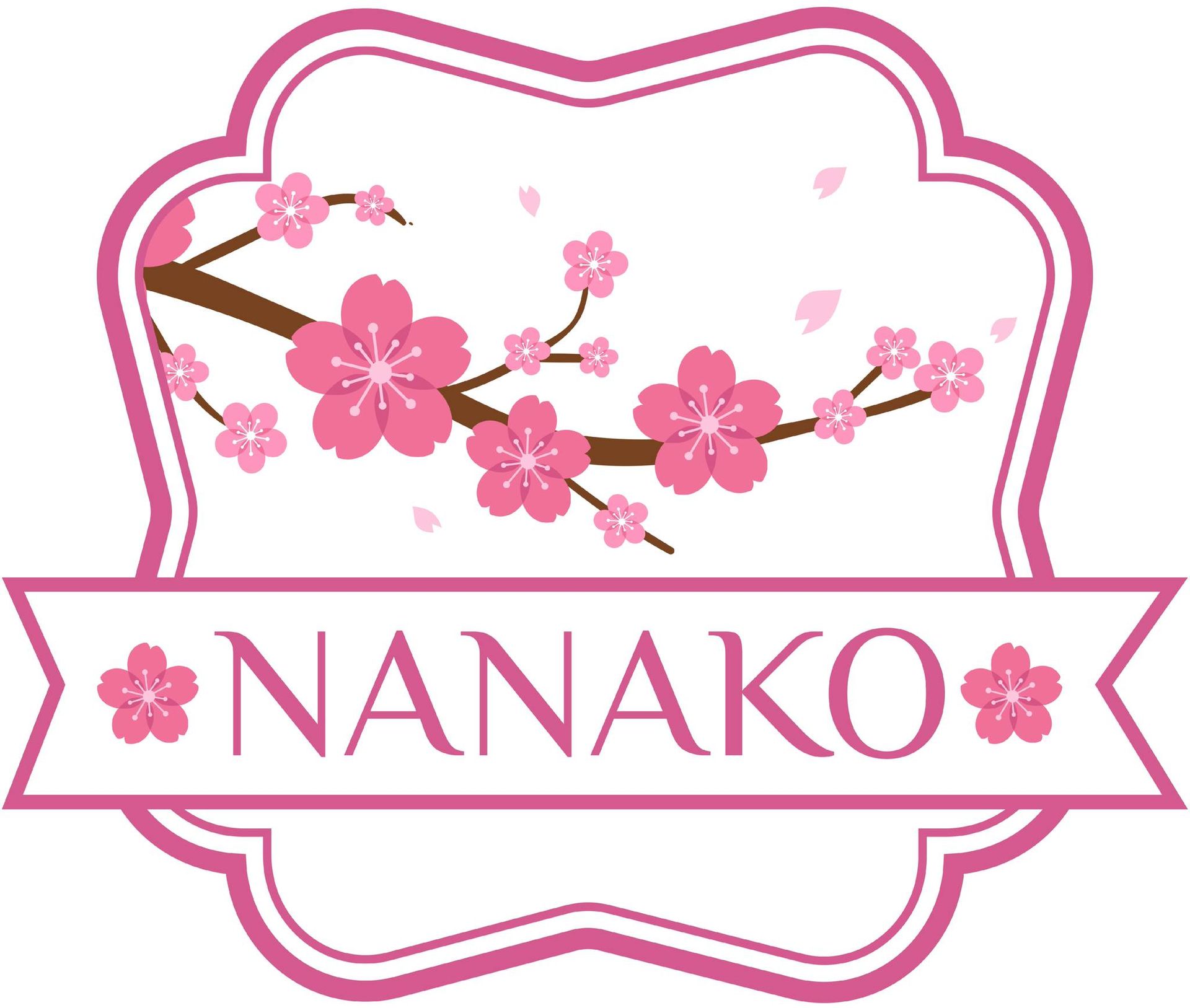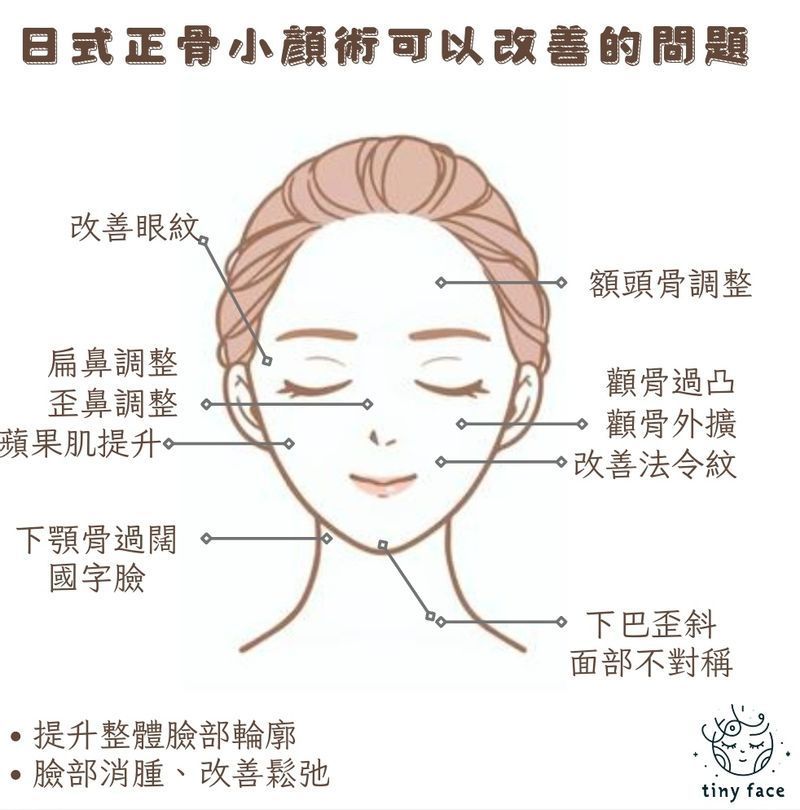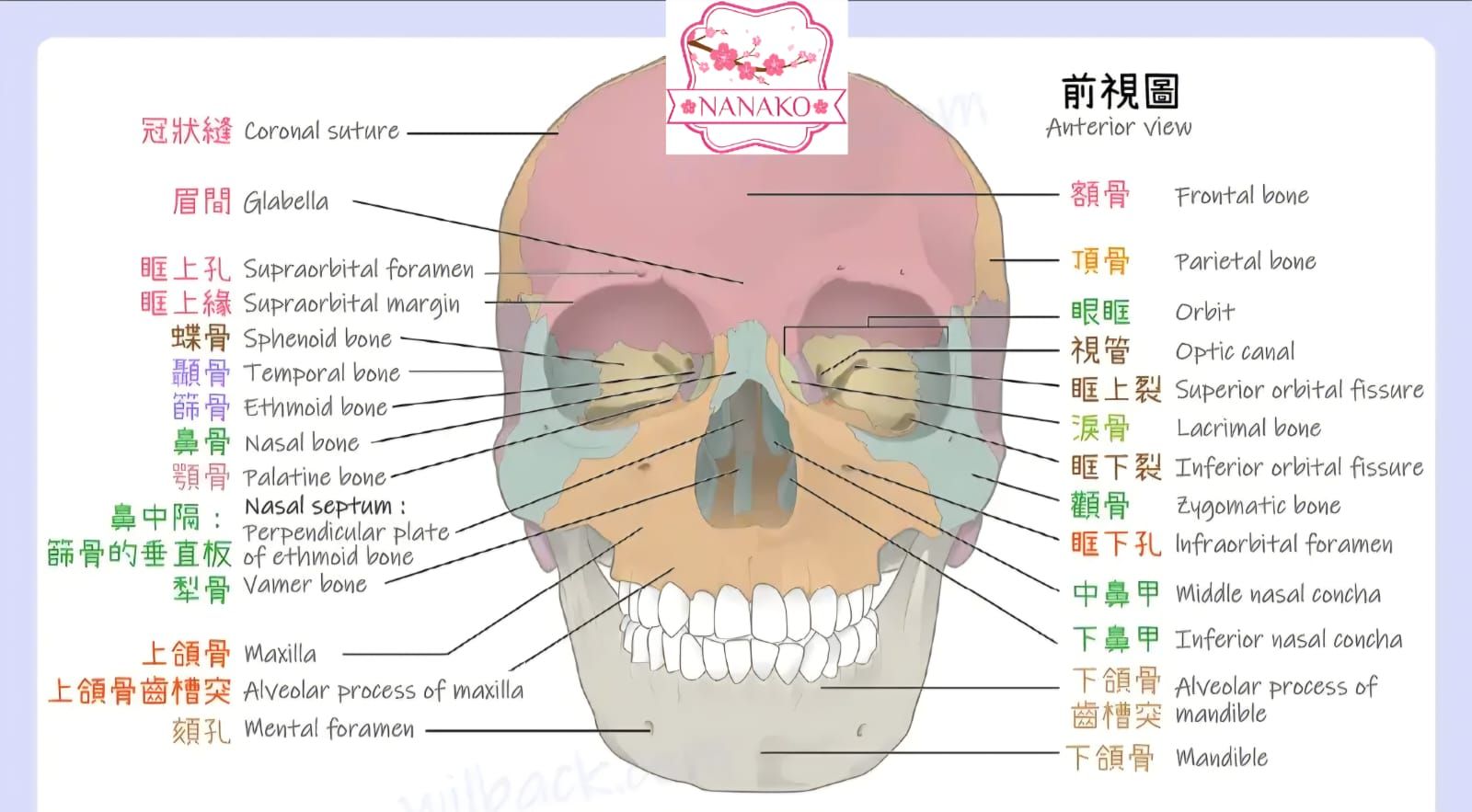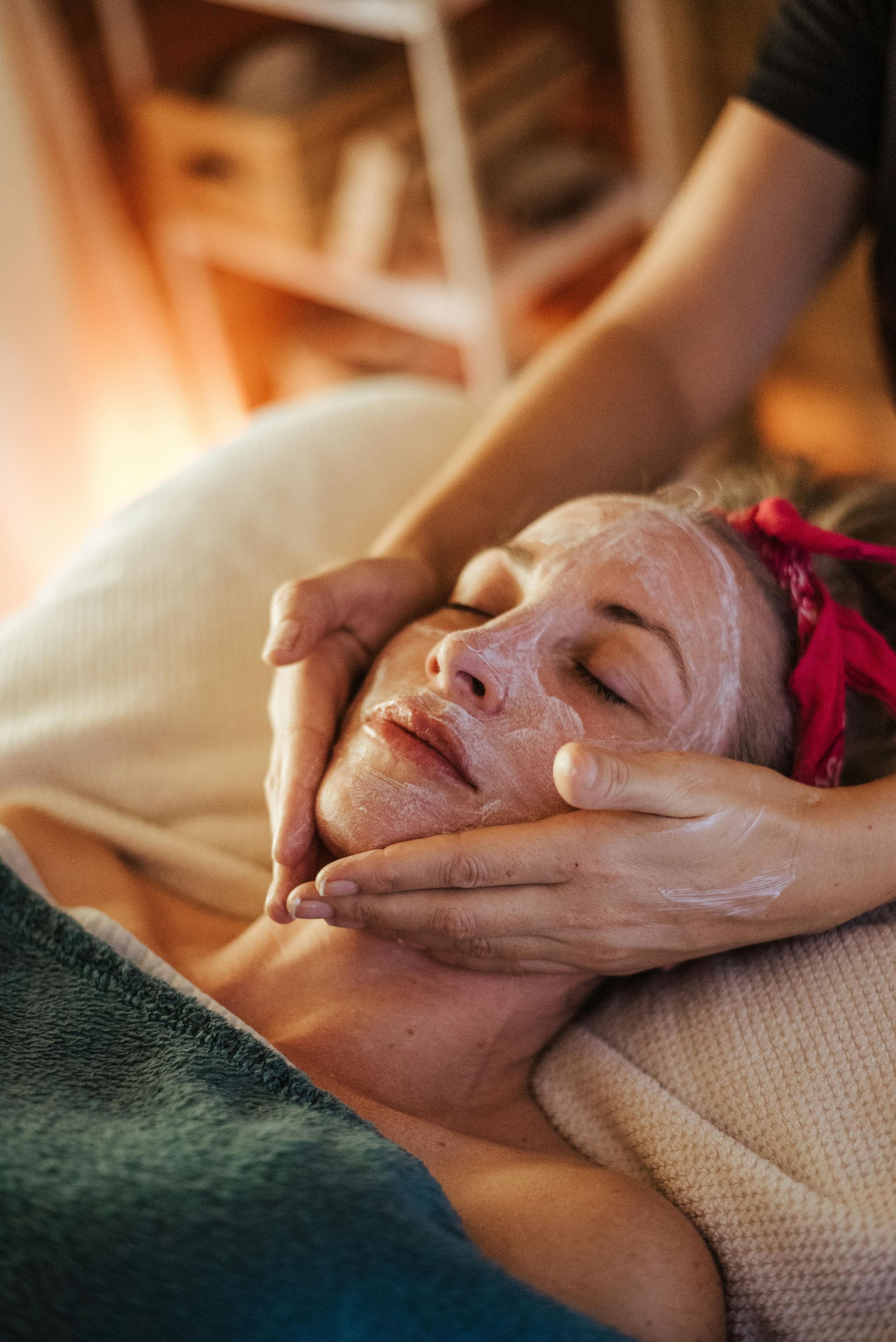"Contour Sculpting" Aesthetic Treatment
Japanese small face correction positioning surgery
Gentle, slow, painless and safe, it relaxes the tight fascia layer, corrects the front bones and narrows the bone sutures. In addition to increasing the three-dimensional sense of the contour, it also corrects the cervical spine, adjusts the size and height of the face, lifts the apple muscles, narrows the cheekbones, reduces tiger stripes, treats the (clicking) sound of the temporomandibular joint, and improves the root of the nose and the bridge of the nose. It has a faster and more obvious effect. Gentle, painless, safe and slow, focusing on fascia relaxation and bone suture adjustment.
Effects: Reshape the three-dimensional contour, narrow the cheekbones and jawline│Correct the cervical spine posture, improve the size of the face, high and low face│Naturally enhance the apple muscles, reduce the nasolabial lines (tiger lines)│Relieve the abnormal sound of the temporomandibular joint (clicking sound)│Optimize the nose bridge line and visually increase the bridge of the nose
Suitable for: Those who seek long-term natural adjustment and prefer gentle techniques.
Menu
Traditional Chinese Medicine Small Face Osteopathy
It is to adjust the space and connection angle between the facial bones, effectively narrow the gap between the bones, correct the dislocation of the zygomatic bones, lift the high nose, narrow the mandible, etc., return the deviated bones to their original positions, reduce the overall facial area, and achieve the effect of thin face shaping. Without surgery or injections, it is safe and effective. It uses traction, lifting, and pressing techniques to correct the facial bones and narrow the bone gaps, adjust the size of the face the high and low face, lift the apple muscles, narrow the zygomatic bones, reduce tiger stripes, and treat the (clicking) sound of the temporomandibular joint. In a painless situation, it can enhance the contour of the facial features and create the most ideal perfect face shape. The technique is precise and effective quickly, combining traction and lifting techniques.
Effect: Instantly adjust the balance of facial bones and reduce the bone gap│Correct facial asymmetry (big and small face/high and low face)│Firm the apple muscles and narrow the cheekbone contour│Fade the nasolabial folds and improve the function of the temporomandibular joint│Strengthen the three-dimensional sense of the nose bridge and improve the overall proportion of facial features
Suitable for: Those who want quick results and prefer traditional Chinese medicine therapy.
Menu
Twelve Meridians for Rejuvenating the Skin FACIAL
Hehan Beauty|Energy Beauty
The benefits of acupressure are numerous, especially in terms of improving overall health and beauty:
1. Health Benefits
Muscle massage can improve the body's circulation, accelerate metabolism, and effectively relieve muscle fatigue and stiffness. For office workers who spend long hours in front of computers, regular muscle massage can greatly reduce the pressure and pain in the neck and shoulders. In addition, the benefits of muscle massage also include promoting detoxification, which is significantly effective in maintaining physical health and enhancing immunity.
2. Benefits to beauty
Face rejuvenation has become the first choice of many beauty lovers because of its ability to improve facial skin, reduce wrinkles, and help facial muscle firmness, this therapy not only makes the skin look younger, but also enhances the skin's elasticity and shine, so that the face presents a natural and healthy redness.
However, it should be noted that massage is not suitable for everyone, especially for those with special physical conditions or illnesses. For example, pregnant women, women who are menstruating, people with osteoporosis, people who have recently undergone surgery, and people with heart disease or other diseases are not suitable for massage. In addition, if severe discomfort or worsening symptoms occur after massage, the massage should be stopped immediately and a doctor's advice should be sought.
Menu
【Japanese exquisite】Japanese eyelash extensions
Imported from Japan, each eyelash is clearly visible and can last for 4 weeks, zero irritation and no eye damage
Effect:
Suitable for:






